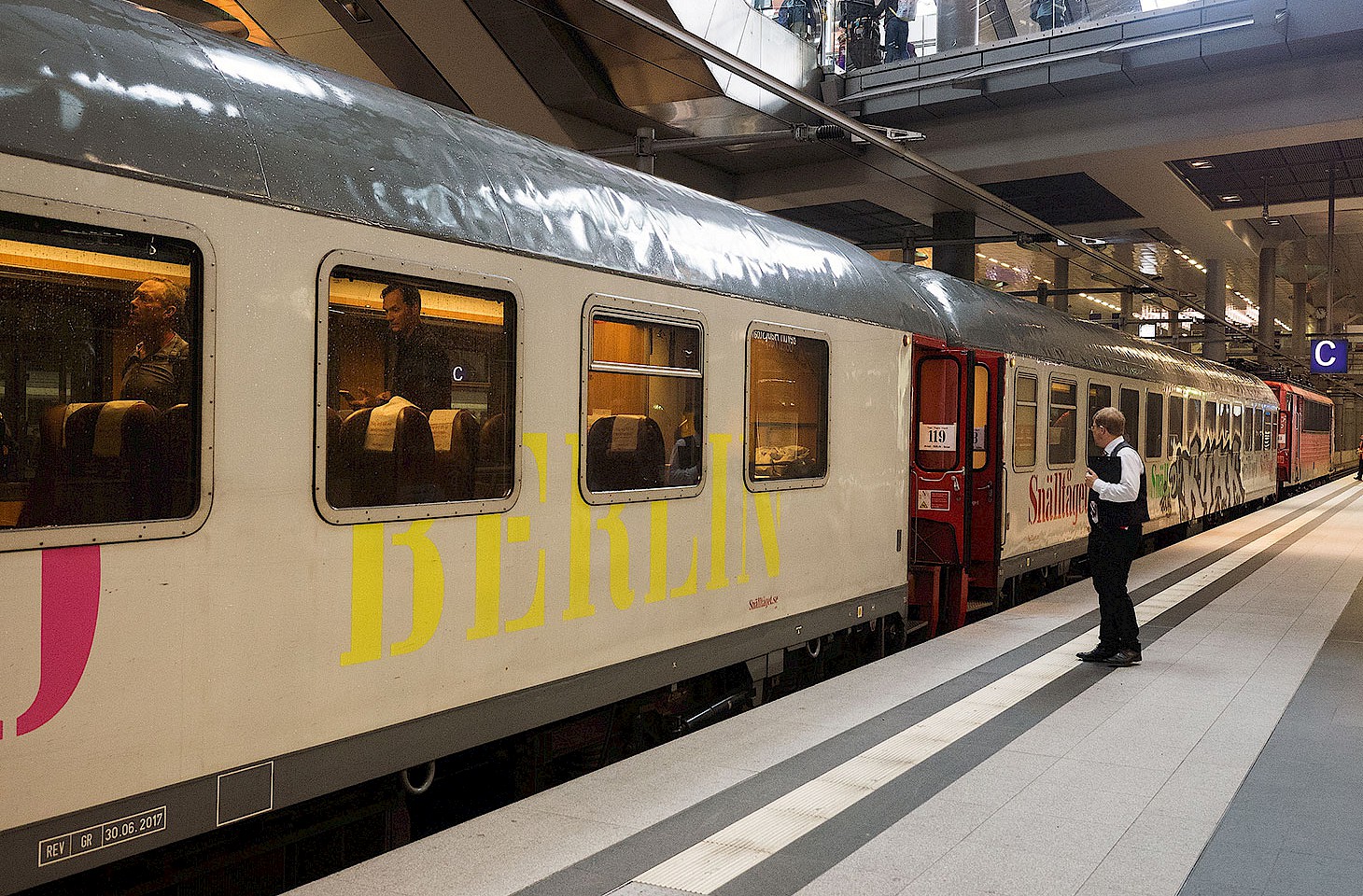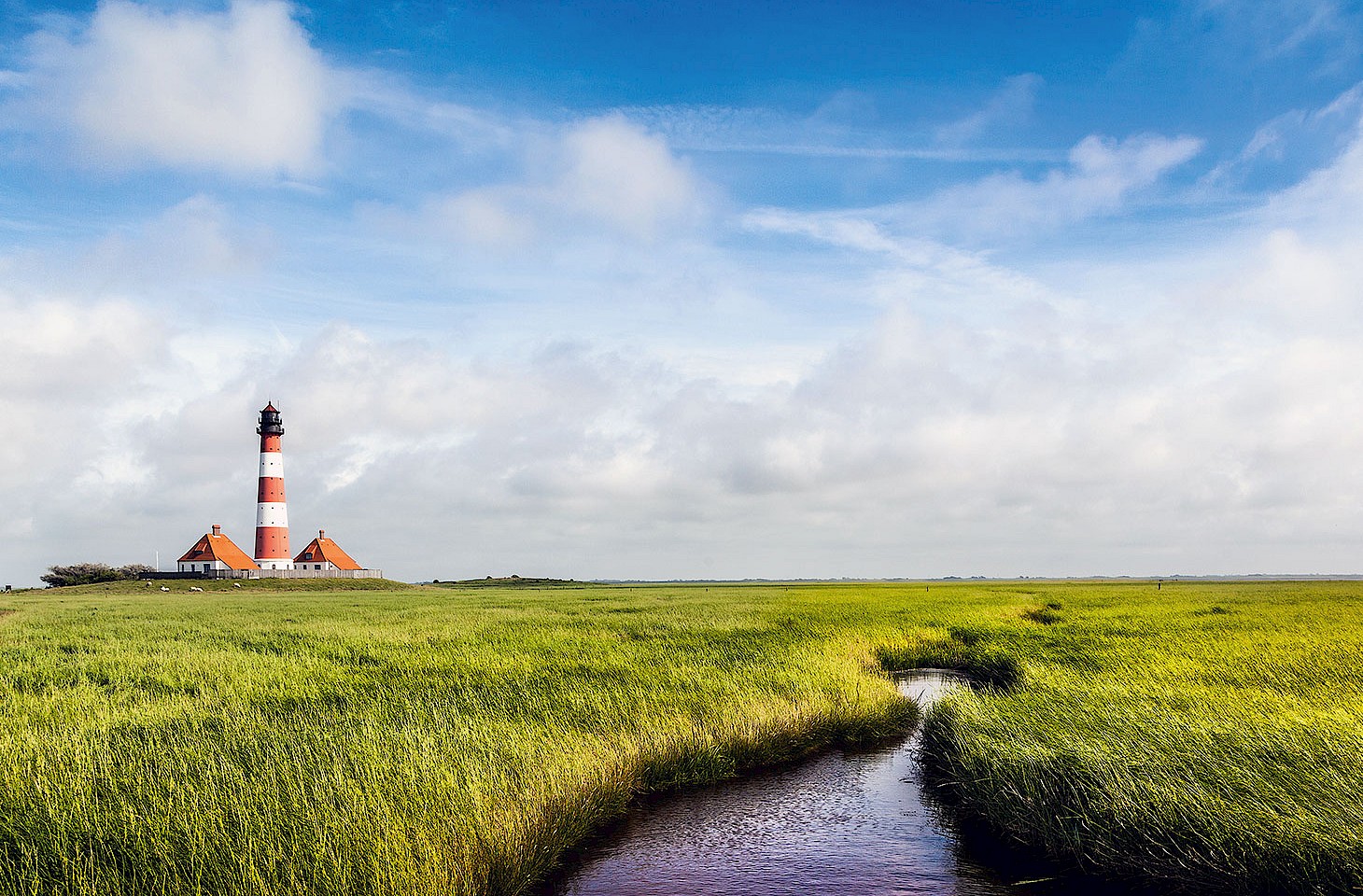Dear fellow travellers
There is something rather satisfying about being up and about earlyish on a Sunday morning. Streets that would on working days be busy are happily empty. So I hop on a train just after eight and ride west out of Berlin. This is familiar terrain. Charlottenburg looks, as ever, faded but interesting. We sweep out of the city, passing the Olympic Stadium, glimpses here and there of empty parks. A few brave early birds are already at their allotments, diligently wrestling with the relics of winter. Spring comes late to Berlin. Too late. I have seen a handful of snowdrops, even one crocus, but the first real flush of green spring still seems far away.
So I have decided to do what so many north Europeans do in March. If spring defiantly refuses to come to me, I shall head south in search of spring. Charlottenburg looks different when you know that the train you are on leads to another world. Or at least to another Europe. This is the first stage of a journey that will extend to southern sun and tapas, to Córdoba and Cádiz. All the way by train.
Curiously, one of the posher German newspapers has a full page Sunday feature in which German travellers of a certain generation reflect on how long-distance rail travel was a significant and positive part of their youth. Tucked away in the finance section, by way of a diversion from dreary news on stocks and shares, Beate (54) and Günther (55) recall journeys of yesteryear. There is a heady nostalgia about those summer holidays travelling with heavy backpacks and light hearts across Europe. In those days, Günther and Beate knew nothing of gilts and options and they certainly did not read the Frankfurter Allgemeine. Thirty-five years ago, their only assets were an InterRail ticket, faith in fellow travellers and a remarkable ability to go without sleep. Beate and Günther worry now about pension plans and those distant times when once they had the freedom to roam are but a memory. Nowadays, if they need a dose of spring sunshine, they hop on a plane and fly to a Mediterranean island, the Canaries or a Red Sea resort.
Charlottenburg to Cádiz, the long way round, for much of the journey avoiding the newer high-speed rail lines, which defy the warp and weft of the landscape. The main route south to Córboba slices through the Sierra Morena like butter. But I don't want to rush to Andalucía. I want to savour the cruel beauty of Despeñaperros with its savage cliffs. They make a fine prelude to the land of Carmen, sherry and flamenco. I guess it will be about 3,500 km to Cádiz, and a journey that will probably take five days.
Time to think. Oddly, reading Günther and Beate's accounts of their youthful explorations of Europe by train, I realise that the one commodity that now eludes them both is time. Probably neither of them realises that it's still perfectly possible to travel from Charlottenburg to Cádiz by train.
Nicky Gardner
(editor, hidden europe magazine)
You can follow Nicky's journey to Cádiz on twitter.




